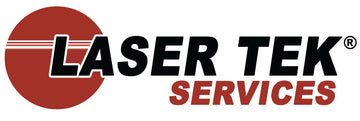Could be a ‘game changer’ if HP can live up to the hype about the revolutionary hp 3d printer. The HP Jet Fusion system is deemed to be different from other 3d printers available presently in the market.
What makes the HP 3d printer unique is it can be used to print almost any object with ease and precision, not possible on other 3d printer models. While most 3d printers are used to do rapid prototyping, and depend on a CNC (Computer Numeric Control) mill to produce, the HP’s version is developed to create the real object directly.
The HP 3d printer works like a regular 2d printer and scanner, but instead operate with a print platform and scanning bar. The print bar is built with 30,000 nozzles that sprays 350 million fusing agents droplets per second as it moves back and forth across the print platform creating specific patterns.
Printing materials in powder form is not just limited to thermoplastics, but includes all others including metals. And any excess materials from the printing process are collected and recycled, ready to be used again. There really are no leftover materials, so to speak, since everything are utilized to create the printed object.
Post processing is also included in the printer package, where the finished product is cleaned of loose powdery materials. This is similar to CNC milling or injection molding, but not just cleaning but tooling is required to come up with the perfect part. Tooling is an added cost, which is entirely eliminated in an HP jet fusion system.
Because using the HP 3d printer creates the patterns directly, 3d printing is much more faster and several times cheaper compared to other models. Cost projections on printed products could reach as much as 85% less in comparison. Applications for this revolutionary technology varies from industrial or automotive parts to medical implants and prostheses and even dental braces.
The HP jet fusion system is emerging as the ‘game changer’ in an otherwise technologically recessive industry.





